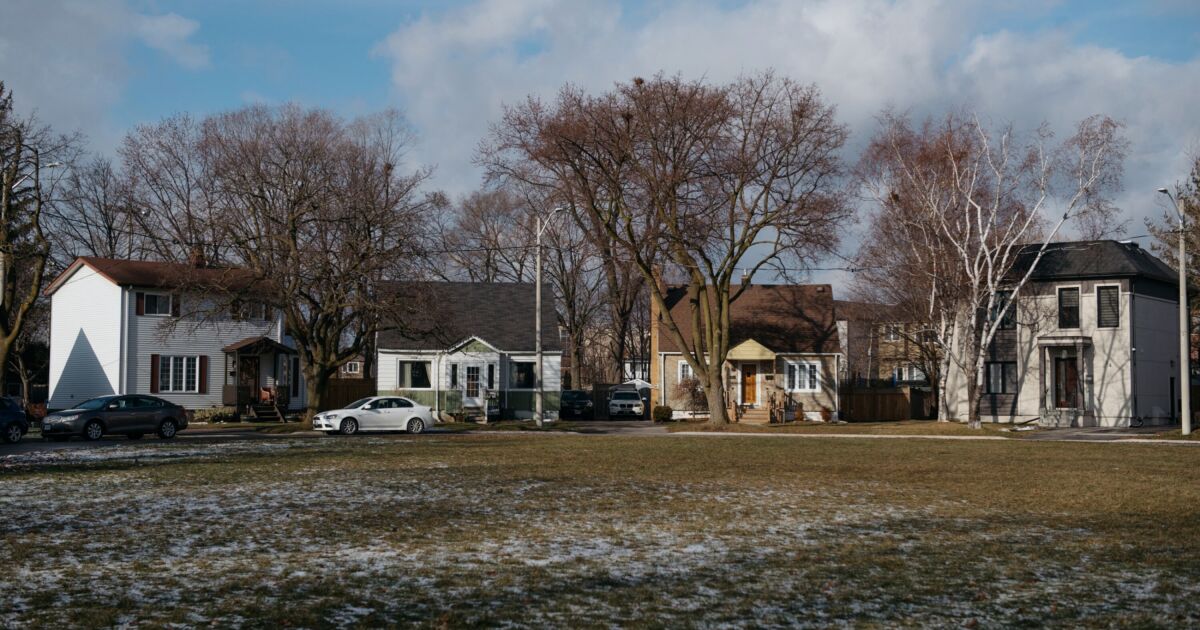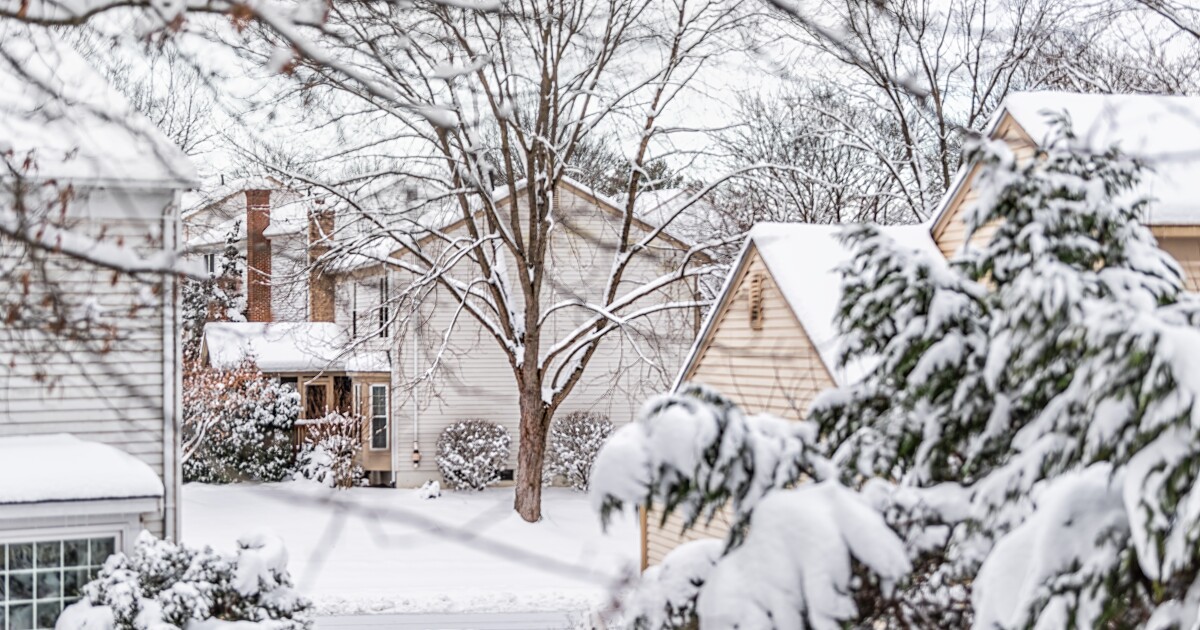
Canadian Prime Minister Justin Trudeau's government is cracking open the history books for its latest attempt to address a severe housing shortage in Canada.
The government is moving forward with a catalog of pre-approved home designs to reduce the cost and time it takes to build housing. The idea dates back to the
RELATED:
"We are living in a housing crisis, but it's not the first time Canada's been here," said Housing Minister Sean Fraser at a news conference on Tuesday.
The new program will differ from the wartime strategy in some key ways, however. Between the 1940s and 1960s, a catalog of simple designs allowed for as many as a million wood-frame detached homes — known as "Victory Houses" or "Strawberry Box" homes — to be built across the country.
Fraser said his government is seeking designs that add density, such as multiplexes, mid-rises, seniors' homes, student housing, garden suites and lane-way homes. The catalog will feature multiple designs in each category to give communities flexibility, he added.
Back in the wartime era, the government also created a federal agency to construct the homes, which eventually became the Canada Mortgage and Housing Corporation. It administers federal housing programs but does not directly build homes. That won't change as the catalog of designs is aimed at developers, from large-scale builders to nonprofits, to cut red tape and costs.
"We expect there will be significant space for modular home designs, for panelization, for mass timber and potentially even 3D printing, depending on what the consultation tells us," Fraser added.
Consultations will begin in January. It's the latest announcement from the Trudeau government in response to a fierce



